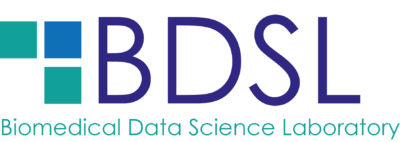
홍승표(Seungpyo Hong)
Assistant Professor
seungpyo.hong@jbnu.ac.kr
From data into understanding of biological phenomena for clinical and engineering application.
Links
Education
2009. 9 ~ 2016. 2. Ph.D Student, Bio and Brain Engineering, KAIST, Daejeon, Republic of Korea
2007. 3 ~ 2009. 2. M.S. Student, Bio and Brain Engineering, KAIST, Daejeon, Republic of Korea
1999. 3 ~ 2006. 2. B.S. Student, Life Science / Chemistry, Ajou University, Suwon, Republic of Korea
Research Interest
I studied biology and chemistry as an undergraduate student and extended research area into bioinformatics during M.S. and Ph.D. course. Now, I am interested in handling data and in developing a new analysis method to find hidden knowledge in the data.
Microbiome
Most recently, I am working on revealing structures in the microbial communities to find out how they are formed and maintained. The structures includes groups of microbes, or sub-communities. that grow together and interact with other groups. Understanding of the structure would let us to find out why microbial community lost normal balance, or in dysbiosis, and to restore or maintain health microbial community. This leads to development of therapeutics for dysbiosys associated diseases and development of probiotics and prebiotics to improve health.
Structural understanding of gene/protein function
Gene or protein function analysis is a long standing topic of my research. The function of a protein is directly associated with its three dimensional structure. However, we are not fully aware of how to get functional information from the structure. Function interpretation of genes can be improved by combining DNA sequence data, which is exponentially growing owing to the development of next generation sequencing technologies. Yet, for comprehensive understanding of its cellular or biological function, we need to know its interaction with other proteins or with chemical compounds in a cell. For this, we need to analyze different types of data, often referred as multi-omics data. The understanding allows us deeper understanding of biological phenomena. Furthermore, it allows us to evaluate functional consequence of genetic variants and facilitate us to develop therapeutics reflecting personal variations.
Protein-ligand interaction
…
Tools: bioinformatics, data science, machine learning, artificial intelligence
For successful research, we need to know how to manage and analyze data. For data analysis, I develop tools using Python programming language. I analyze data with statistics and machine learning tools. Recently, I am learning artificial intelligence and develop applications using AI. Finally, I build systems to store and manage data and to analyze the data. Currently, I am working on packaging tools as services using Docker. These systems can be accessed by biologists via web interfaces.
